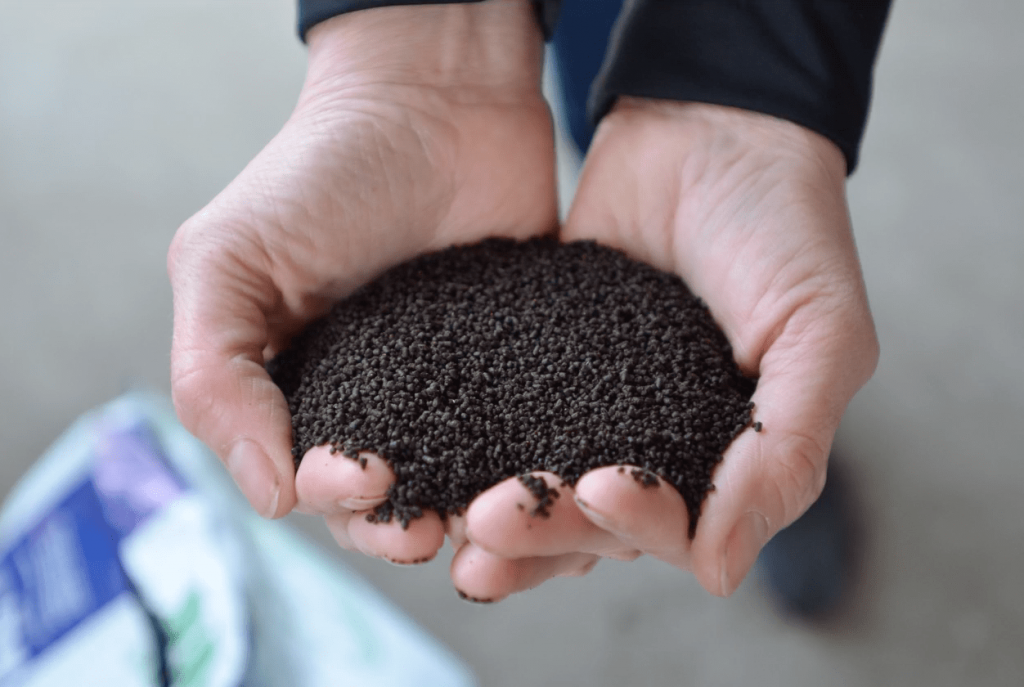
Hatchery Chinook Feed Under Scrutiny After Losses, Undersized Fry Reported
Salmon feed from a commercial vendor is under scrutiny as Washington hatchery managers report losses of young Chinook at five facilities as well as undersized fish that are complicating mass-marking efforts.

WDFW is investigating the problem with the supplier’s starter feed and won’t know the extent of the dieoff until after fin-clipping is completed in a few weeks, but mortality estimates from Kelly Cunningham, Fish Program manager, and Eric Kinne, the agency’s hatchery manager, ranged from 10 percent to as much as 25 percent at impacted programs.
Those include Marblemount, Wallace River, Voights Creek, North Toutle and Beaver Creek, said Kinne.
Chinook produced at the Westside quintet help power Puget Sound, river and Columbia fisheries and in some cases provide forage for southern resident killer whales.
Feed samples from different lots have been collected for analysis by fish health officials. Results are pending, Kinne said.
He said some steelhead and coho were fed the product too before WDFW pinned down the apparent source of the problem, but those stocks weren’t impacted to the degree of young Chinook.
Besides the dieoff related to bacterial gill disease, three to four times more of this year’s crop of spring, summer and fall Chinook fry than normal are miss-sized, said Kinne, who called that “very unusual.”
It adds complexity to a process where the more uniform that hatchery fish are, the more efficient it is to remove their adipose fins in automated clipping trailers done to differentiate them from wild salmon in fisheries.
“We’re trying to manage this thing,” Kinne said. “When you get fish out of size, it’s hard to recover.”
This spring WDFW has put out hiring notices and volunteer calls for help with fin clipping some 100-plus million salmon and steelhead, but Kinne said that that’s not related to the feed issue, more a staffing shortfall. However, given the small size of the fish, more manual clipping is having to be done.
“Task number one is getting the fish up to size and marked as soon as possible, and then we’ll have a better idea of the scale of the issue,” Cunningham said.
Recent years have seen hatchery salmon dieoffs due to generator failures, disease outbreaks, wildfires and floods, and you can now apparently add fish diet issues to the aggravating mix.
“You don’t have to tell me – this is very frustrating,” said Kinne.

WDFW contracts with five different vendors for fish food and Kinne said it’s left to local hatchery managers to select which formula works best for the stocks they’re rearing.
Starter feed is given to young fish after they have been moved from incubators, where they are hatched, into rearing ponds, where they grow prior to clipping and release.
Neither Cunningham nor Kinne wanted to speculate on what the specific problem with the feed was, and when asked, neither divulged the name of the company that produced the product in question.
Cunningham said the problem was also impacting federal and tribal hatcheries. In a midafternoon email, a U.S. Fish and Wildlife Service spokeswoman in Portland acknowledged receiving questions from this magazine and said they would put us in touch with a subject matter expert.
Meanwhile, Oregon quickly resolved a recent fish food issue.
“ODFW did see some palatability issues with spring Chinook fry on EWOS starter feed not wanting to eat at Round Butte Hatchery, with very little mortality losses. Fish were immediately switched to another company’s feed and the issue resolved,” said spokeswoman Michelle Dennehy.
EWOS is a major supplier of fish food worldwide and is owned by Cargill.
Dennehy said she was not aware of any other losses at state facilities due to the issue.
WDFW’s “brood document” for fish spawned last year and set for release in 2021 or beyond states that 600,000 spring Chinook were being raised at Marblemount, 2.8 million summer Chinook at Wallace, and 1.1 million fall tule Chinook at Toutle, among others.


